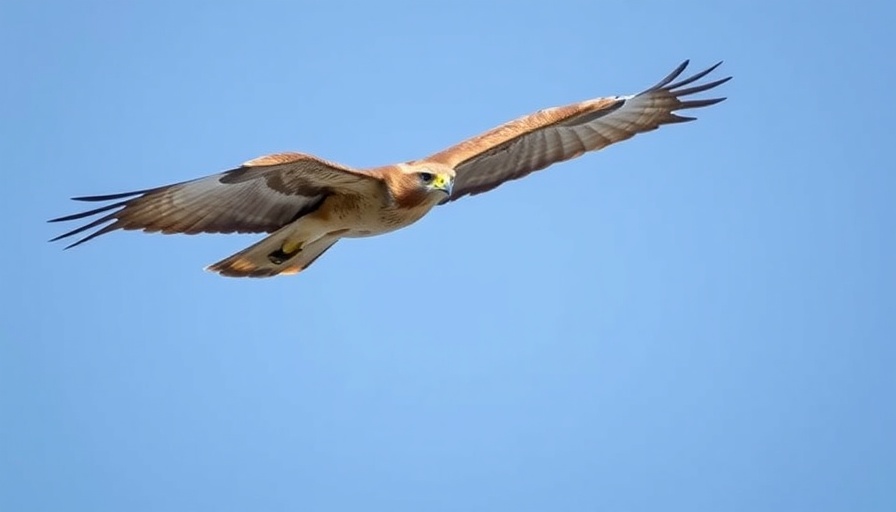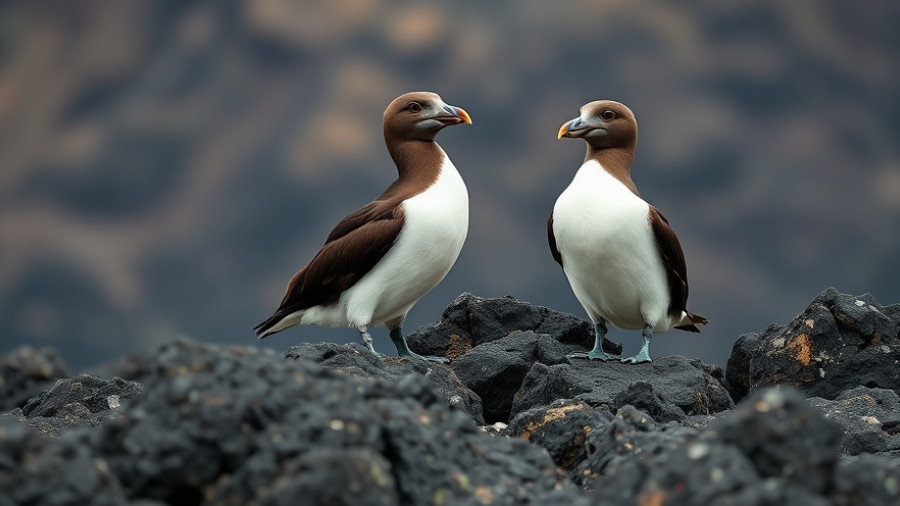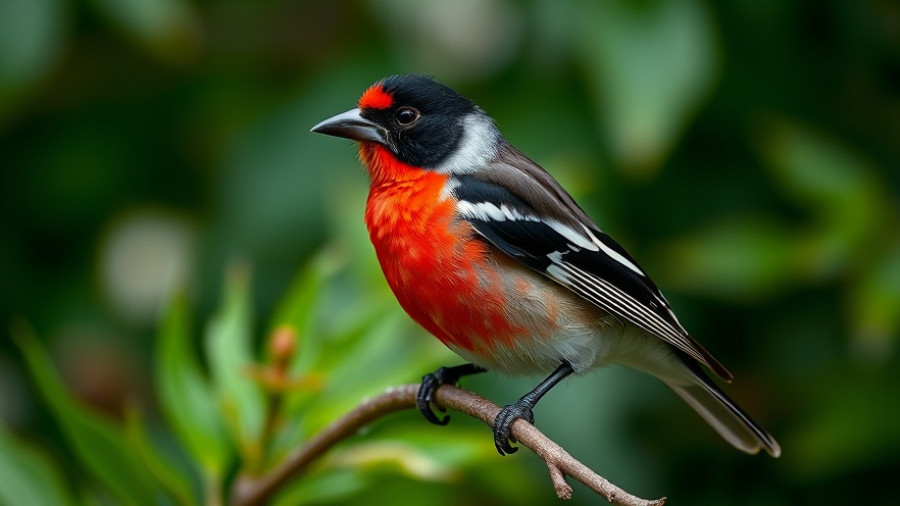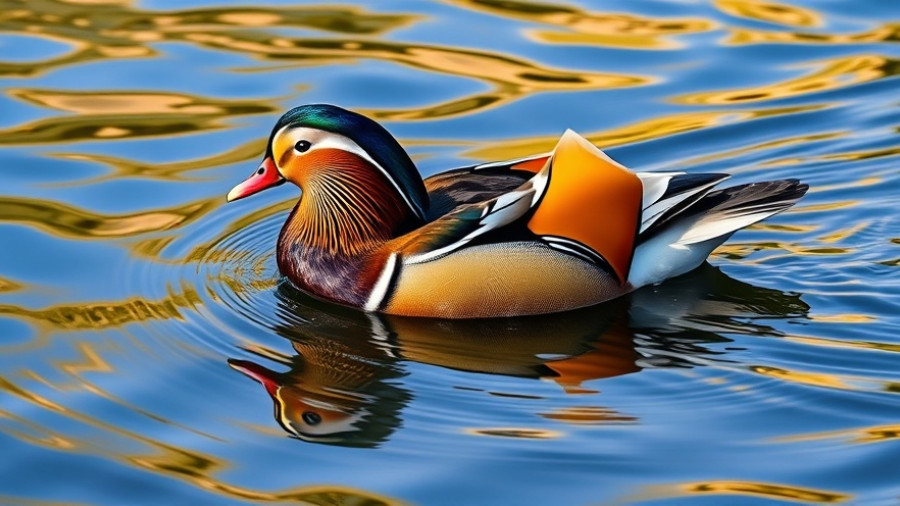
The Challenge of Identifying Birds in Flight
Identifying a bird in flight is one of the hallmark skills of expert birdwatchers, yet it often poses a challenge to beginners. New birders are faced not only with the task of recognizing the bird itself but also the necessity of processing a series of quick visual clues all at once. This includes observing the bird's silhouette, wing shape, flapping speed, and light patterns.
Understanding the Visual Cues
Every experienced birder has their own methods for bird identification, often relying on a blend of intuition and knowledge developed over time. For instance, one might exclaim, “Look! A hawk! Must be a Cooper’s Hawk — it has that giss.” Here, the term ‘giss’ refers to the General Impression of Size and Shape, a technique borrowed from military aircraft identification practices during World War II. This tactical insight provides a structured method for recognizing differentiating characteristics in avian species.
The Importance of Training the Eye
Like many skills, learning to identify birds in flight involves practice. Each observer learns to associate specific attributes with certain species, contributing to a visual lexicon that speeds up the identification process. Beginners can benefit from engaging in active observation, perhaps noting the birds they see during leisurely walks or in local parks.
The Joy of Birdwatching
As daunting as it may appear, this learning curve is part of what makes birdwatching so rewarding. There’s a particular thrill in suddenly recognizing a bird by its flight pattern or silhouette against the sky—an enigmatic dance of nature that captures the enthusiasm of birders worldwide. Whether it’s a majestic eagle soaring or a tiny wren flitting about, these moments serve as a reminder of the beauty of the avian world.
In essence, the skills of bird identification, particularly in flight, not only enhance our understanding of these creatures but also foster a deep connection to nature itself.
 Add Row
Add Row  Add
Add 




Write A Comment